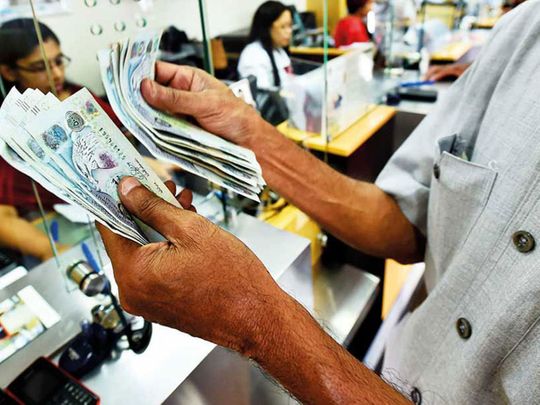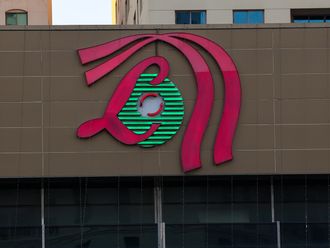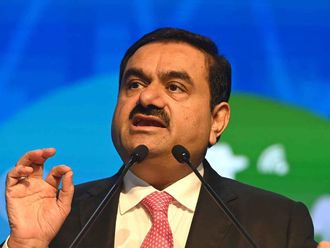
Dubai: The UAE banking sector saw remittances of Dh2.88 trillion in the first quarter this year, Central Bank data showed.
According to the figures, the volume of remittances grew annually by 24.1 per cent, or Dh559.8 billion, as compared to Dh2.32 trillion in the first quarter of 2021.
Statistics show that transfers between banks stood at Dh1.76 trillion in the first quarter, while transfers between bank clients came to Dh1.12 trillion.
The Central Bank data is based on remittances carried out by the UAE banking sector through the UAE Funds Transfer System (UAEFTS).
March saw the bulk of the total transfers at Dh1.154 trillion, of which Dh699.8 billion were between banks, while Dh454.4 billion were between customers.
Meanwhile, remittances totalled Dh861.8 billion in February, up from Dh864.7 billion in January.
The UAEFTS is the primary transfer system that has been developed at the Central Bank since August 2001. This mechanism makes it possible for participants to instantly transfer money to each another.
According to Central Bank figures, the value of cheques circulated in the first quarter stood at Dh290.74 billion, up 12.8 per cent from Dh257.8 billion in the corresponding period in 2021.
The number of cheques passing through the UAE’s cheque clearing system climbed by 2.83 per cent to reach 5.524 million, compared to 5.372 million checks in the first quarter of 2021.
The value of cash deposits in the Central Bank during the first quarter of this year amounted to Dh45.443 billion, which included Dh45.442 billion in paper currency deposits and Dh1.329 million in coins.
Meanwhile, the value of cash withdrawals from the Central Bank amounted to about Dh49.848 billion in the first quarter of this year, including Dh49.836 billion in paper currency and Dh12.062 million in coins.
Remittances to climb globally
Officially recorded remittance flows to low- and middle-income countries are expected to increase by 4.2 per cent this year to reach $630 billion, according to the World Bank. This follows an almost record recovery of 8.6 per cent in 2021.
During 2021, remittance inflows saw strong gains in Latin America and the Caribbean (25.3 per cent), Sub-Saharan Africa (14.1 per cent), Europe and Central Asia (7.8 per cent), the Middle East and North Africa (7.6 per cent), and South Asia (6.9 per cent). Remittances to East Asia and the Pacific fell by 3.3 per cent.
According to the World Bank, the top five recipient countries for remittances in 2021 were India, Mexico, China, the Philippines, and Egypt. Among economies where remittance inflows stand at very high shares of GDP are Lebanon (54 per cent), Tonga (44 per cent), Tajikistan (34 per cent), Kyrgyz Republic (33 per cent), and Samoa (32 per cent).








